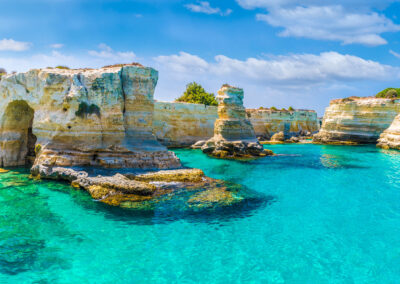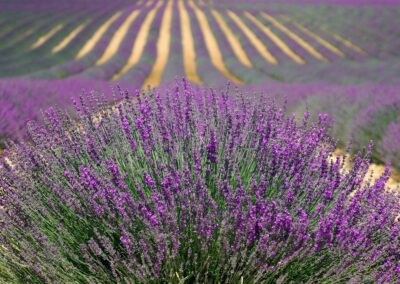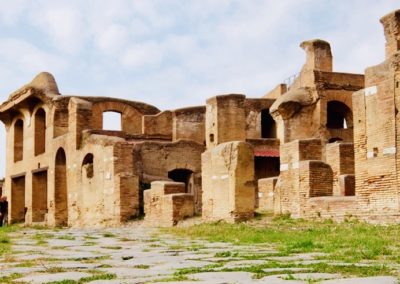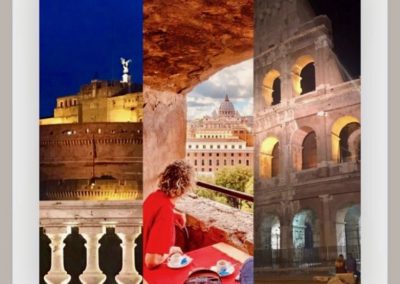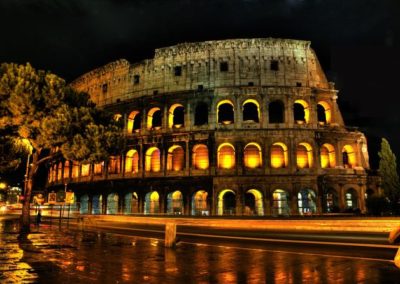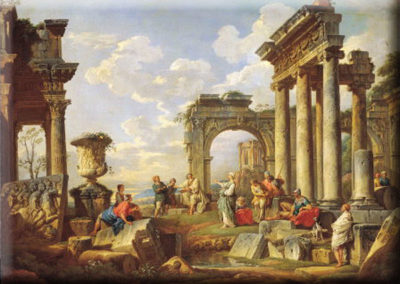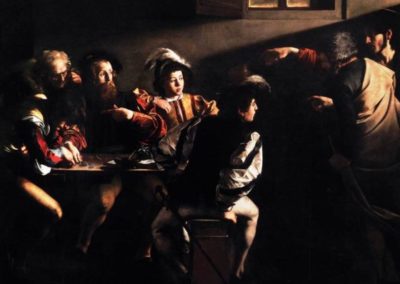
Japan – Friendly Notes

DISCOVER JAPAN
The Japanese word for Japan is 日本, which is pronounced Nihon or Nippon and literally means “the origin of the sun”. The character (日) means “sun” or “day”; hon (本) means “base” or “origin”.The compound therefore means “origin of the sun” and is the source of the popular Western epithet “Land of the Rising Sun”.
Japan has many islands, but also has many forests as well. The forests of Japan cover about 25.12 million hectares, which adds up to roughly 66% of the entire national land area. This means that Japan has one of the largest forest coverage rates in the world. Other areas used consist of 5.04 million hectares of agricultural land, 3.06 million hectares of other land, 1.74 million hectares of residential land, 1.33 million hectares of water surfaces, rivers, and channels, 1.23 million hectares of roads, and 260 thousand hectares of wilderness areas.
Japan’s topographical features include coastlines with varied scenery, towering mountains, which are very often volcanic and twisted valleys that invite visitors into the mysterious world of nature.
Plan your trip and…Enjoy your stay!
Official website – Japan National Tourism Organization https://www.jnto.go.jp/eng/
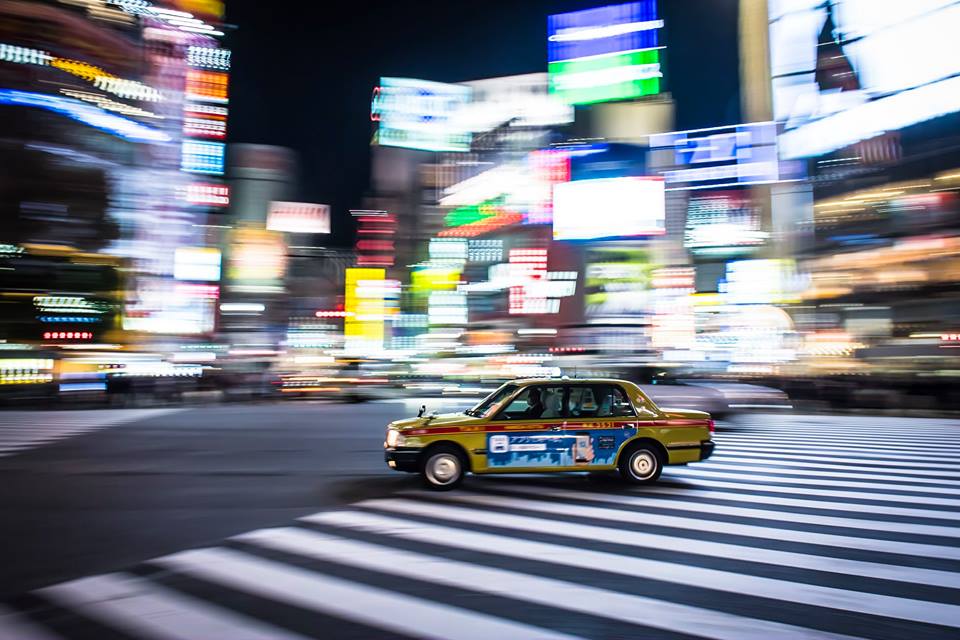
From Tokyo to the countryside
When in Japan mostly of the international airlines from Europe and United States flight principally to Tokyo so we start the friendly notes pages from here.
Tokyo, where the traditional and the cutting edge meet, is constantly producing new creations.
The popular culture that blossomed in the Edo period, a time of prolonged peace, lives on in today’s Tokyo.
Tokyo was originally known as Edo (江戸), which means “estuary”. Its name was changed to Tokyo (東京 Tōkyō, 東 tō “east”, and 京 kyō “capital”) when it became the imperial capital with the arrival of Emperor Meiji in 1868, in line with the East Asian tradition of including the word capital (京) in the name of the capital city (like Kyoto-京都, Beijing-北京 and Nanking-南京) .
Tokyo is often referred to as a city, but is officially known and governed as a “metropolitan prefecture” and combines elements of a city and elements of a metropolis, a characteristic unique to Tokyo. The Tokyo metropolitan government administers the 23 Special Wards of Tokyo (each governed as an individual city), which cover the area that was the City of Tokyo before it merged and became the metropolitan prefecture in 1943.
Architecture in Tokyo has largely been shaped by Tokyo’s history. Twice in recent history has the metropolis been left in ruins: first in the 1923 Great Kantō earthquake and later after extensive firebombing in World War II.
Because of this, Tokyo’s urban landscape consists mainly of modern and contemporary architecture, and older buildings are scarce.
Tokyo features many internationally famous forms of modern architecture including Tokyo International Forum, Asahi Beer Hall, Mode Gakuen Cocoon Tower, NTT Docomo Yoyogi Building and Rainbow Bridge.
Tokyo also features two distinctive Towers: Tokyo Tower and the new Tokyo Skytree which is the tallest tower in Japan and the second tallest structure in the world after the Burj Khalifa in Dubai.
Tokyo also contains numerous parks and gardens. There are four national parks in Tokyo Prefecture, including the Fuji-Hakone-Izu National Park, which includes all of the Izu Islands.
Tokyo has many museums. In Ueno Park, there is the Tokyo National Museum, the country’s largest museum and specializing in traditional Japanese art; the National Museum of Western Art and Ueno Zoo. Other museums include the National Museum of Emerging Science and Innovation in Odaiba; the Edo-Tokyo Museum in Sumida, across the Sumida River from the center of Tokyo; the Nezu Museum in Aoyama; and the National Diet Library, National Archives, and the National Museum of Modern Art, which are near the Imperial Palace.
Tokyo has many theatres for performing arts. These include national and private theatres for traditional forms of Japanese drama. Noteworthy are the National Noh Theatre for noh and the Kabuki-za for kabuki.
As the largest population center in Japan and the site of the country’s largest broadcasters and studios, Tokyo is frequently the setting for many Japanese movies, television shows, animated series (anime), web comics, and comic books (manga). In the kaiju (monster movie) genre, landmarks of Tokyo are routinely destroyed by giant monsters such as Godzilla and Gamera.
Some Hollywood directors have turned to Tokyo as a backdrop for movies set in Japan. Postwar examples include Tokyo Joe, My Geisha, Tokyo Story and the James Bond film You Only Live Twice; recent examples include Kill Bill, The Fast and the Furious: Tokyo Drift, Lost in Translation, Babel, and Inception.
Akihabara gained the nickname Akihabara Electric Town (秋葉原電気街 Akihabara Denki Gai) shortly after World War II for being a major shopping center for household electronic goods and the post-war black market.
Nowadays, Akihabara is considered by many to be an otaku cultural center and a shopping district for video games, anime, manga, and computer goods. Icons from popular anime and manga are displayed prominently on the shops in the area.
Cuisine in Tokyo is internationally acclaimed. In November 2007, Michelin released their first guide for fine dining in Tokyo, awarding 191 stars in total, or about twice as many as Tokyo’s nearest competitor, Paris. As of 2017, 227 restaurants in Tokyo have been awarded (92 in Paris). Twelve establishments were awarded the maximum of three stars (Paris has 10), 54 received two stars, and 161 earned one star.
We higly recommend to make a plan for your visit in tokyo that depend in your interests, hobbies and activities to optimize your stay in the city.
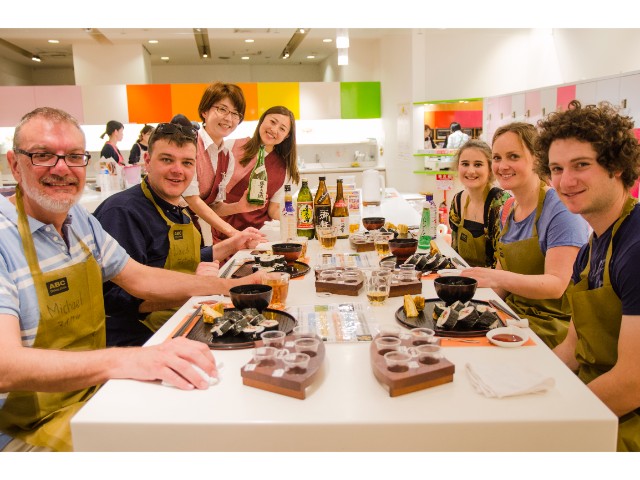
Cooking Class in Tokyo
Are you interested to learn more about the japanese cuisine? Enjoy a daily cooking class or a Gourmet Tour in the heart of Tokyo made by local professionals.
Official website – https://abccooking-t.jp/japan/

Countryside & Unesco heritage sites
Japan accepted the UNESCO World Heritage Convention on 30 June 1992.
As of July 2017, twenty-one properties have been inscribed on the World Heritage List: seventeen cultural sites and four natural sites.
There are many places where you can plan to go and reach at the same time the colors of the countryside and the amazing beauty of the Unesco heritage sites. Places like Kyoto, Nara, Nikko, Yakushima and many others.
Here you have the list of the Unesco sites…may be can help your research!
Unesco sites, Japan http://whc.unesco.org/en/statesparties/jp

Shinto shrine
Structurally, a Shinto shrine is usually characterized by the presence of a honden or sanctuary, where the kami is enshrined.
The honden may however be completely absent, as for example when the shrine stands on a sacred mountain to which it is dedicated, and which is worshiped directly. The honden may be missing also when there are nearby altar-like structures called himorogi or objects believed capable of attracting spirits called yorishiro that can serve as a direct bond to a kami.
However, a shrine’s most important building is used for the safekeeping of sacred objects rather than for worship. The number of Shinto shrine in Japan is estimated to be around 100,000.
We highly recommend to visit the Shinto Temples because normally they’re located in green and lovely areas and you can feel the real spirit of Japan.

